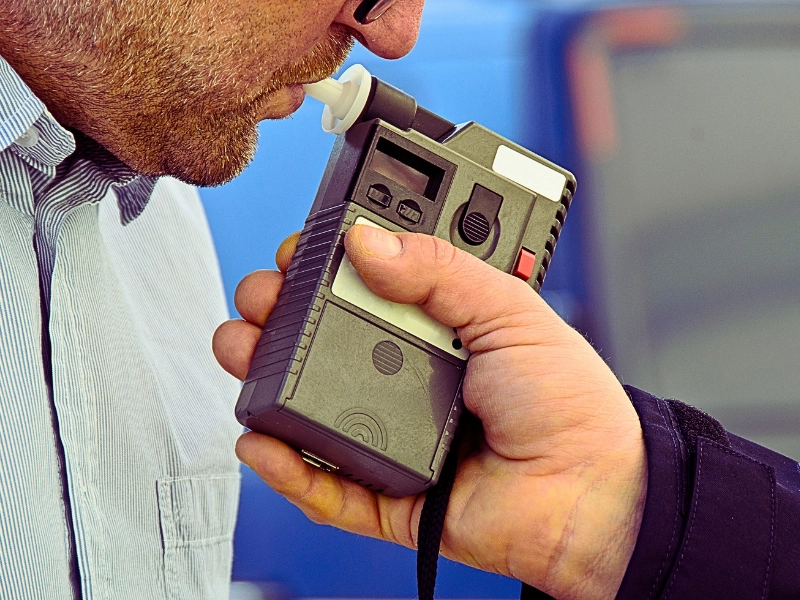In 2013, a Minnesota home caught on fire. According to the Morrison County Record, the owner of the home, a 63-year-old man, was arrested and charged with arson. In January, a four-day trial resulted in a 60-month prison sentence, which the man appealed. His attorneys cited the flaws in the prosecution’s circumstantial evidence, which included the man having the financial motive to set his home on fire in order to collect insurance money as well as allegations of acting suspiciously prior to the fire. The state’s court of appeals upheld the conviction, claiming that the circumstances completed a direct link to the defendant.
Defining circumstantial evidence
There are two main types of evidence that may be presented during a criminal case. The first is direct evidence, such as a witness testimony, which proves a fact without any supporting details necessary. Evidence that is circumstantial, however, is a series of truths that are merely related to the fact that the prosecution is trying to prove.
For example, if someone were facing criminal charges, prosecution may try to use a combination of the following as evidence:
- The suspect resisting arrest.
- The suspect having a motive to commit the act.
- The suspect’s presence at the time and location of the incident.
- The suspect providing contradictory testimony or interviews.
- The suspect reportedly acting suspiciously.
However, there may be reasonable explanations as to why a suspect is linked to a crime. A person who has a motive does not always act on it. Someone who is present at the scene of the crime could simply be in the wrong place at the wrong time. A change in a suspect’s statement could be based on misremembering or even feeling nervous during the interview. A criminal conviction should require hard proof rather than several related facts.
The trouble with indirect evidence
The issue with indirect evidence is that it only suggests a connection between a person and a crime instead of proving it. Even science-based evidence can be circumstantial. For example, bite marks and fingerprints are often not exact matches and instead represent close matches. Prosecutors may try to present such items as fact, but there is typically room for error and a jury must be swayed into thinking the evidence is true. As the Innocence Project points out, invalidated forensic evidence often leads to wrongful convictions on murder and other charges.
A prosecution with only circumstantial facts is challenged with eliminating reasonable doubt from jury members’ minds. Unfortunately, as was the case with the Minnesota man convicted of arson, there are instances in which a jury will issue a guilty verdict based solely on indirect evidence. However, it is a defendant’s right to issue an appeal to a higher court. Anyone with questions regarding circumstantial evidence should contact a defense attorney.






